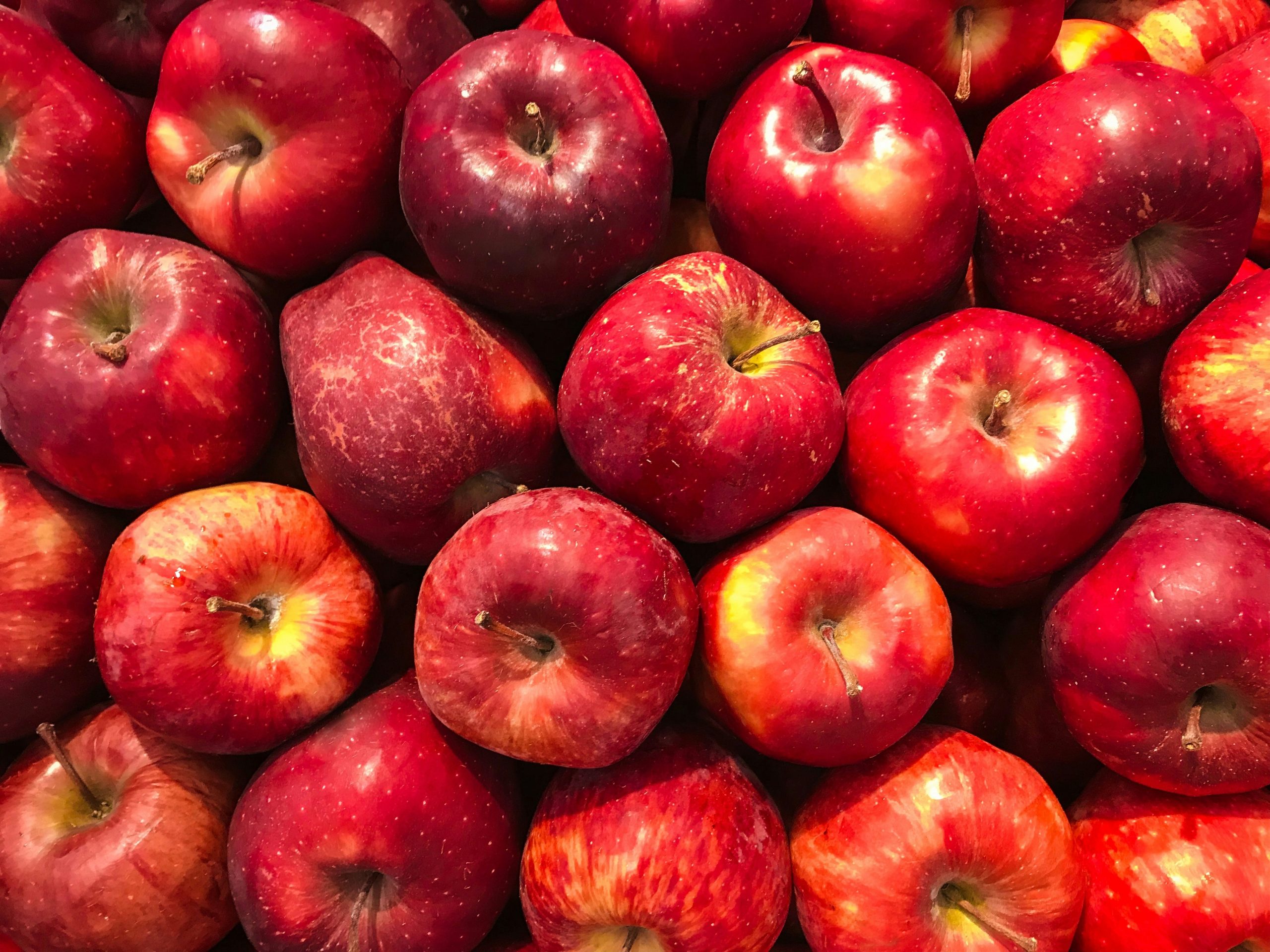1) Why apples can be a daily choice
Apples have a relatively low glycemic index and are rich in pectin, a soluble fiber that slows carbohydrate absorption. Eating them with the skin further increases fiber and antioxidants, smoothing post-meal glucose rises.
2) Benefits of regular intake
Fiber expands in the stomach, increases satiety, and slows the rise in glucose after meals. Polyphenols, vitamin C, and potassium may also support cardiovascular health and reduce systemic inflammation.
3) What to watch out for
Daily does not mean unlimited. Eating multiple large apples at once increases total carbohydrate load and can raise blood sugar. Apple juice lacks fiber and is absorbed quickly, producing sharper spikes—prefer whole apples instead.
4) Practical guide
– Portion: one small-to-medium apple (about 120–150 g) per serving
– How: eat with the skin and pair with protein/fat (a piece of cheese, a handful of nuts)
– Check: when introducing, test pre- and 1–2 hours post-meal glucose to personalize your portion
Summary
Whole apples, in modest daily portions, can fit safely into diabetes meal plans. Portion and form (whole fruit) are the keys.


Leave a Reply